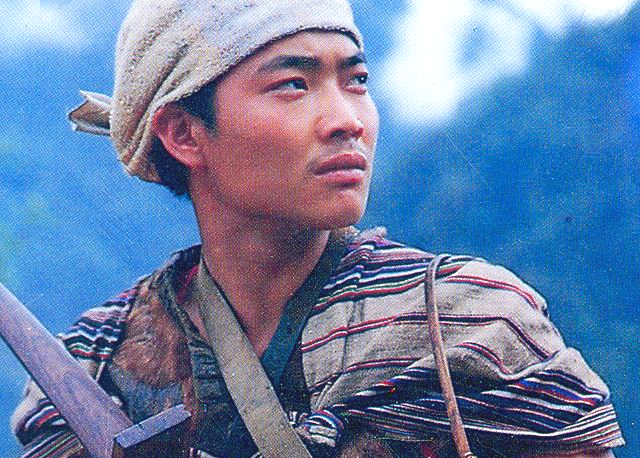© This article is an extract from Paul Hattaway's epic 656-page China’s Book of Martyrs, which profiles more than 1,000 Christian martyrs in China since AD 845, accompanied by over 500 photos. You can order this or many other China books and e-books here.
1919 - The Norabawie Massacre
1919
Jilin
More than three million ethnic Koreans live in northeast China today, concentrated in areas near the North Korean border. Many are Christians. In 1905 China’s vast northeast region, known as Manchuria, was divided between the Japanese and the Russians, who vied with one another to plunder the rich natural resources. Korean Christians were especially hated by the Japanese because of their unwillingness to worship the Japanese Emperor as a deity. Intense persecution resulted. One report said:
“It was not unusual for the Japanese police, with the support of the military, to demolish entire Korean villages and arrest the Christian leaders…. Suffering escalated in 1919 when there were popular uprisings in Korean villages and towns against the Japanese occupation. A Presbyterian record of that year notes that many churches were confiscated or burned by the Japanese. Christian houses were burnt, and 33 church leaders in [Manchuria] lost their lives.”[1]
The worst incident occurred in the village of Norabawie. A Canadian Presbyterian missionary-doctor, S. H. Martin, filed the following sickening report:
“At daybreak…Japanese infantry surrounded the main Christian village, and starting at the head of the valley, burned immense stacks of unthreshed millet, barley and straw, and then ordered the people to vacate their homes. As each son and father stepped forth he was shot, and though perhaps not dead, heaps of burning straw were placed over them. If they struggled to escape the flames, they were bayoneted. The Japanese soldiers then set fire to the houses….
I have names of, and accurate reports of, thirty-two villages where fire and wilful murder were used—in one village the dead numbering 145. I saw the ruins of a house which was burned with women and children inside. At Sonoyung four men were stood up near an open grave and shot.”[2]
Because of the geographical isolation of the villages attacked by the Japanese, little has ever been written about the slaughter of the Korean Christians in Manchuria. Later, before and during World War II, the Korean Christians in Manchuria again came under attack from the Japanese.
1. Wi Jo Kang, “Korean Minority Church-State Relations in the People’s Republic of China,” International Bulletin of Missionary Research (April 1990), 78.
2. Cited in Hefley, By Their Blood, 84.





